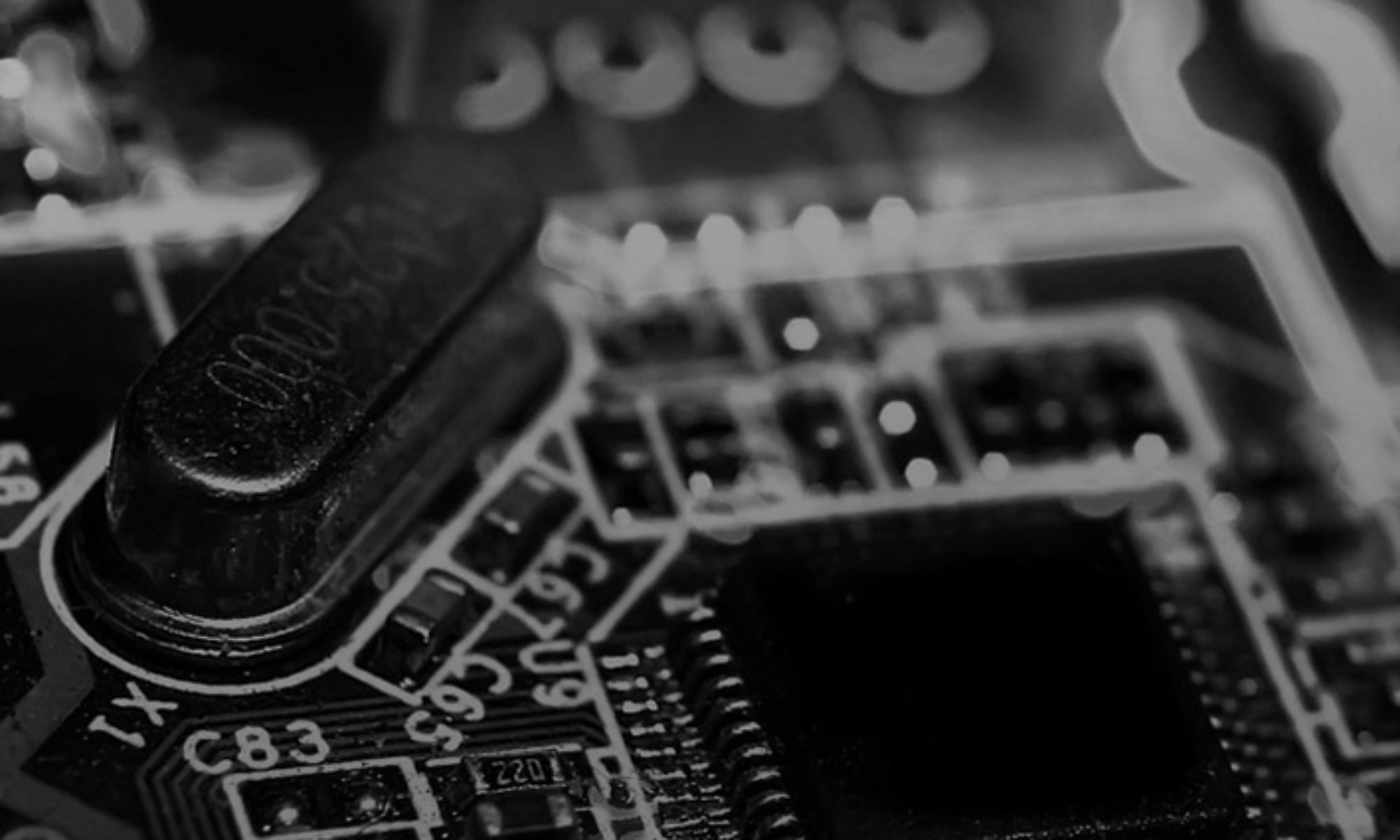The Unified Patent Court published on 3rd June has announced that “the Preparatory Committee has agreed to re-open recruitment for judicial positions to new applications“. This will be the second recruitment campaign after the first in 2016.
The 2019 campaign is a “‘top-up’ exercise to complement the recruitment held three years ago” . As in 2016, this campaign aims at finding legally and technically qualified judges.
This new campaign should also” allow those that were not eligible, or decided not to apply three years ago, to submit an application provided they now meet the correct criteria. “
The job adverts for legally and technically qualified judges read :
“Legally qualified judges to serve at the Court of First Instance or at the Court of Appeal – several full-time and part-time posts –
– 6-year terms –
The successful candidates will be part of a new supranational court and contribute decisively by their judicial work and highest standards of competence to ensure that the UPC becomes a widely respected forum for settling patent disputes in the Contracting Member States of the European Union.
Candidates shall be nationals of one of the Member States having signed the UPCA. To be appointed, the successful candidates shall be nationals of Member States having ratified the UPCA. They shall have a good command of at least one official language of the European Patent Office (English, French or German), shall ensure the highest standards of competence and shall have proven experience in the field of patent litigation. Specific training in patent litigation according to Art. 2(3) of UPCA Statute will also be accepted.
Candidates shall possess the qualifications required for appointment to judicial offices in the Member State of which they are nationals. Reference is made to the official information provided in the Information on the selection process of UPC judges.
In addition, the ideal candidate will have:
– extensive experience in the field of patent litigation,
– initiative, high degree of commitment and self-motivation and a proactive approach to ensure efficiency and high quality of proceedings at the UPC,
– the ability to work both independently and as part of a judicial panel or specialist team, and to meet tight deadlines,
– well-developed written, verbal and interpersonal communication skills,
– strong analytical skills,
– the capacity to work in a multinational and multilingual environment.
Salary and benefits: The UPC offers attractive salaries, allowances, social benefits and a pension scheme comparable to that offered at other intarnational courts. The net monthly salary for this vacancy is of EUR 11 000 for full-time judges at the Court of First Instance and of 12 000 for full-time judges at the Court of Appeal.
Technically qualified judges to serve at the Court of First Instance and at the Court of Appeal – several part-time posts –
– 6-year terms –
The successful candidates will be part of a new supranational court and contribute decisively by their judicial work and highest standards of competence to ensure that the UPC becomes a widely respected forum for settling patent disputes in the Contracting Member States of the European Union.
Qualifications: Candidates shall be nationals of one of the Member States having signed the UPCA. To be appointed, the successful candidates shall be nationals of Member States having ratified the UPCA. They shall have a good command of at least one official language of the European Patent Office (English, French or German), shall ensure the highest standards of competence and shall have proven experience in the field of patent litigation.
Candidates shall have
- a university degree,
- proven expertise in a field of technology and
- proven knowledge of civil law and procedure relevant in patent litigation.
Specific training in patent litigation according to art 2(3) of UPCA Statute will also be accepted. In addition, the ideal candidate will have
- extensive experience in the field of patent litigation
- initiative, high degree of commitment and self-motivation and a proactive approach to ensure efficiency and high quality of proceedings at the UPC,
- the ability to work both independently and as part of a judicial panel or specialist team, and to meet tight deadlines,
- well-developed written, verbal and interpersonal communication skills,
- strong analytical skills,
- the capacity to work in a multinational and multilingual environment.
Salary and benefits: The UPC offers attractive salaries allowances, social benefits and a pension scheme comparable to that offered at other international courts. The net monthly salary for this vacancy is of EUR 11 000 for Court of First Instance judges (full-time equivalent). ”
As for the process and timeline the ad specifies that “the successful candidates will be selected on the basis of qualifications and relevant experience, supplemented by interviews. Appointments will be made by the UPC’s Administrative Committee. ” Both dealines for application are midnight CET 29.07.2019








